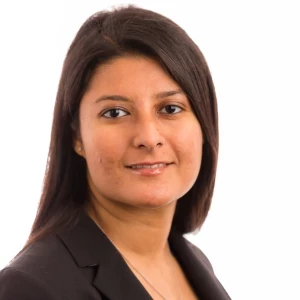Hello community, curious to know how would you attempt the following problem. Cheers.
One of the fundamental elements of e-hailing is the setting of a dispatch radius:
 The example above is a rudimentary representation of how a dispatch radius works:
The example above is a rudimentary representation of how a dispatch radius works:
-
A passenger makes a booking
-
A net is then cast out to look for drivers to be allocated to the passenger
-
The size of the net (i.e., dispatch radius) is limited to a certain distance factor (e.g. net with a radius of X km)
-
If there are drivers found within the net, the "best” candidate one would be allocated to them
-
If there aren’t any drivers found within the net, the passenger will have to book again
How would you go about?
-
Setting an optimal dispatch radius
-
Identifying the best candidate















